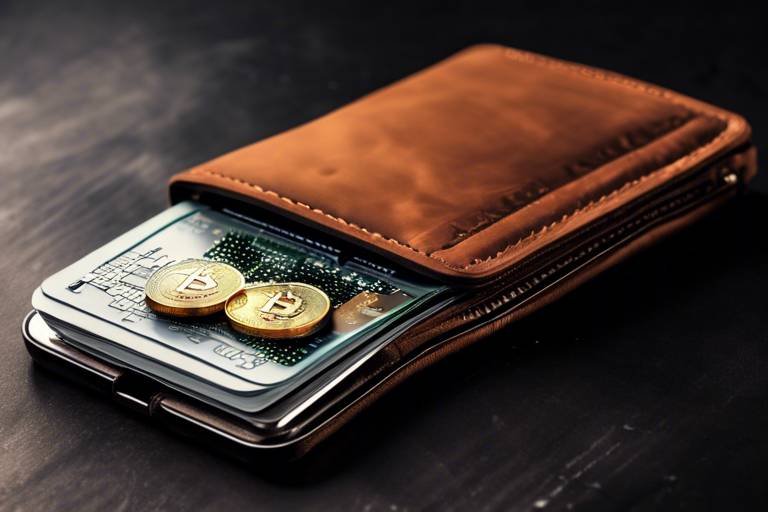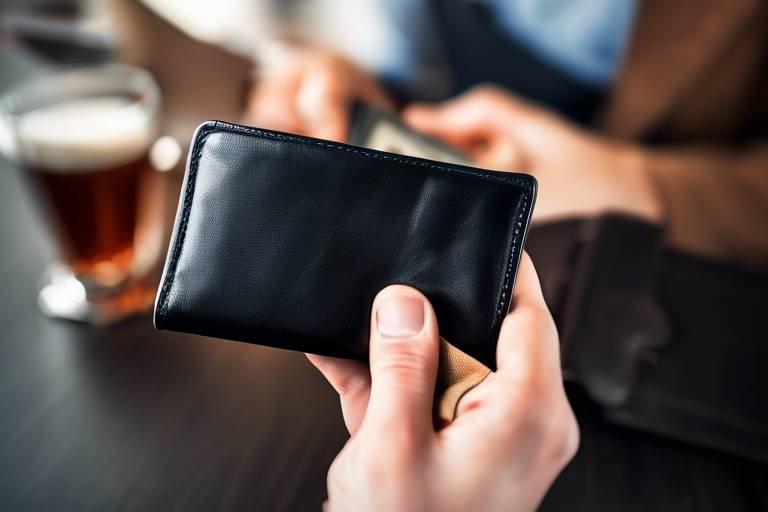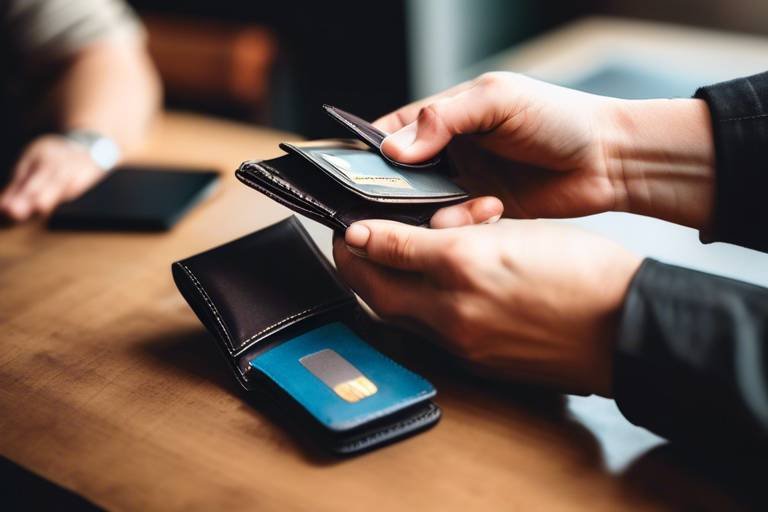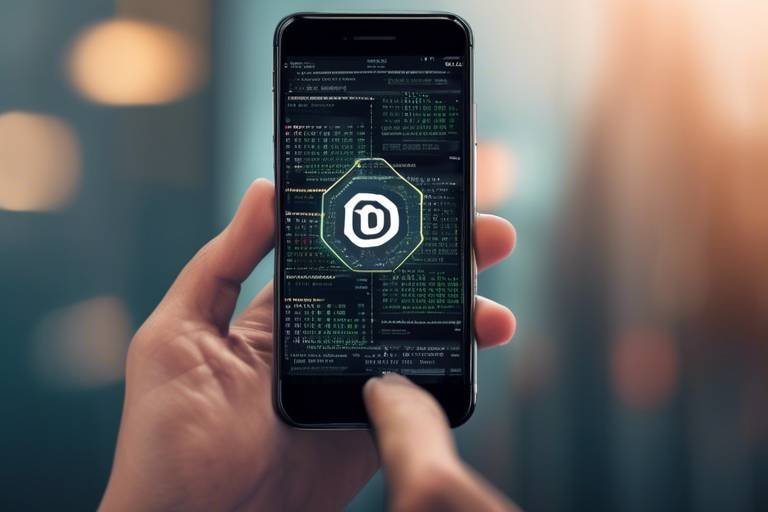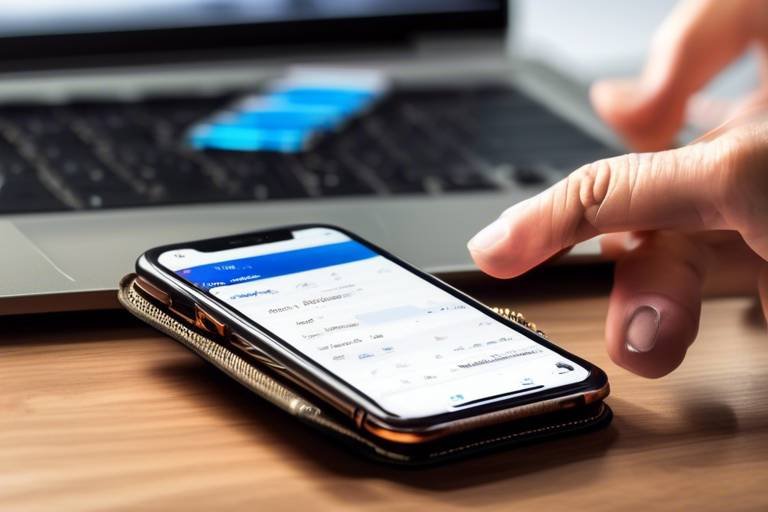The Importance of Wallet User Education
In today's fast-paced digital economy, digital wallets have emerged as a cornerstone of financial transactions. With the convenience of making purchases at the tap of a finger, it's easy to see why so many people have adopted this technology. However, while using a digital wallet can be incredibly convenient, it also comes with its own set of challenges and risks. This is where user education becomes crucial. Understanding how to navigate the digital wallet landscape not only enhances the user experience but also significantly boosts the security of personal financial information.
Imagine walking into a store without knowing how to use the self-checkout machine. You might struggle, hold up the line, or even accidentally miss scanning an item. The same principle applies to digital wallets. Without proper education, users are left vulnerable to a myriad of risks, including fraud and data breaches. By prioritizing wallet user education, we empower individuals to take control of their financial transactions with confidence.
Moreover, the digital wallet landscape is constantly evolving. New features, security protocols, and threats emerge regularly, making it essential for users to stay informed. A well-educated user is not only capable of utilizing their wallet effectively but also of recognizing potential threats and implementing best practices for security. This proactive approach is paramount in safeguarding personal and financial information.
In this article, we will delve into various aspects of wallet user education, including understanding digital wallets, recognizing security risks, and implementing best practices. By the end, you will not only appreciate the importance of being educated about your digital wallet but also feel equipped to navigate it safely.
- What is a digital wallet? A digital wallet is an electronic device or online service that allows users to make transactions, store payment information, and manage digital currencies.
- Are digital wallets safe? While digital wallets are generally safe, they are susceptible to various security risks. Educating yourself on these risks can help you mitigate them.
- How can I protect my digital wallet? Implementing strong passwords, enabling two-factor authentication, and keeping your software updated are essential steps to protect your digital wallet.
- What should I do if I suspect a phishing scam? If you think you’ve encountered a phishing scam, report it to your wallet provider and follow their guidelines for securing your account.
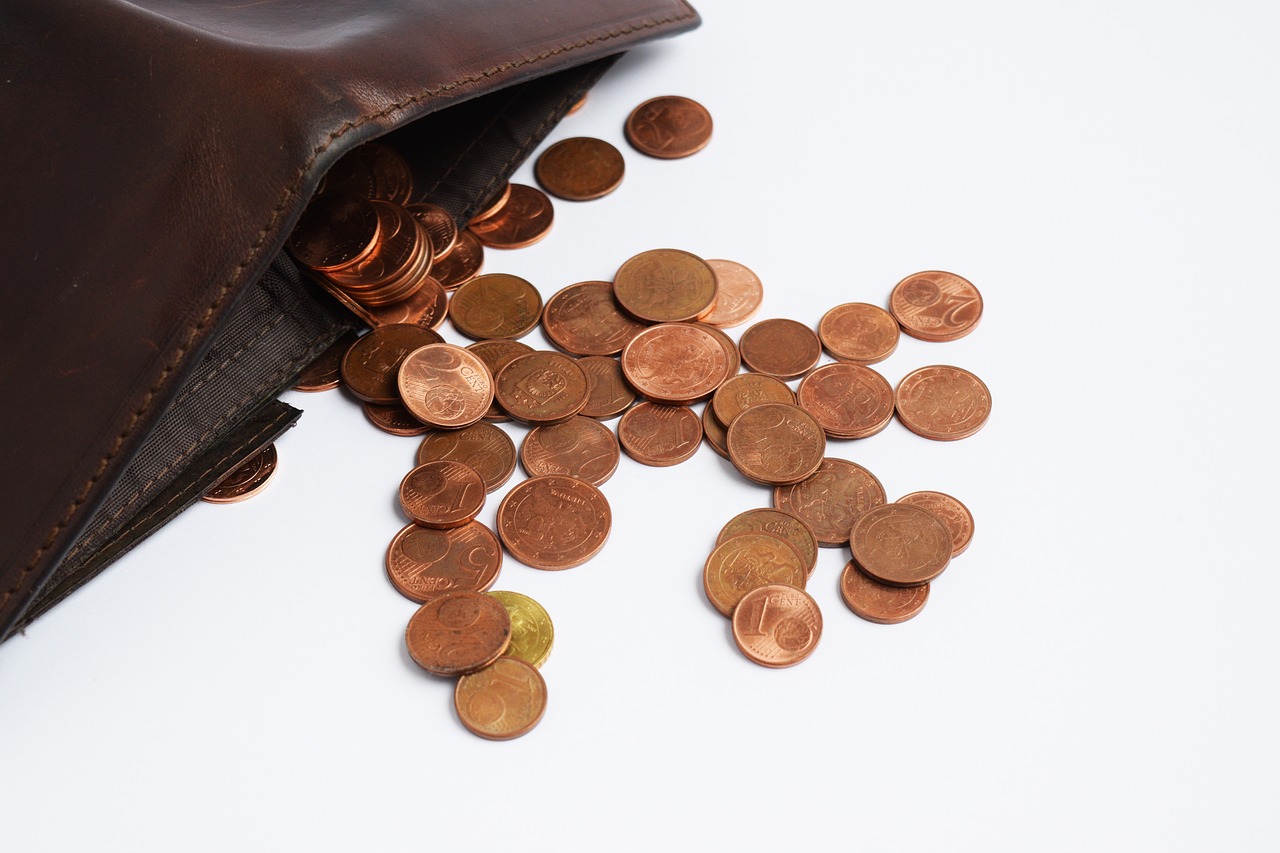
Understanding Digital Wallets
In today's fast-paced digital world, digital wallets have emerged as a crucial tool for managing financial transactions. But what exactly are they? Simply put, a digital wallet is a virtual version of a physical wallet that allows users to store their payment information, such as credit card numbers and bank account details, securely online. This technology enables individuals to make purchases, send money, and receive funds without the need for cash or physical cards. With the rise of e-commerce and mobile payments, digital wallets have become an essential part of our financial landscape.
Digital wallets function by linking to your bank account or credit card, allowing for seamless transactions at the click of a button. They often come equipped with features that enhance user experience, such as transaction history, loyalty rewards, and even budgeting tools. The convenience they offer cannot be overstated; imagine being able to pay for your morning coffee or settle a dinner bill without fumbling for cash or cards. This ease of use is one of the primary reasons why digital wallets are gaining popularity.
Furthermore, the significance of digital wallets extends beyond mere convenience. They play a vital role in the modern financial system by enabling faster transactions and promoting financial inclusion. For individuals in underserved communities, digital wallets can provide access to banking services that might otherwise be unavailable. This opens up opportunities for savings, investments, and economic participation that were previously out of reach.
However, as we embrace this technology, it's essential to understand that with great convenience comes great responsibility. Users must be aware of the potential risks associated with digital wallets, including security vulnerabilities and the importance of safeguarding their personal information. By educating ourselves about how digital wallets work and the best practices for using them, we can enjoy their benefits while minimizing risks.
In summary, digital wallets are not just a trend; they represent a significant shift in how we handle money. As we continue to adapt to this digital economy, understanding the ins and outs of digital wallets will empower users to make informed decisions, ensuring a safer and more efficient financial experience.

Security Risks of Digital Wallets
In our fast-paced digital world, digital wallets have emerged as a convenient solution for managing finances. However, with great convenience comes great responsibility, and users must be acutely aware of the security risks that accompany these tools. While digital wallets simplify transactions, they also expose users to various threats that can compromise their financial information and personal data. Understanding these risks is crucial for anyone who uses a digital wallet.
One of the most pressing concerns is the prevalence of cyberattacks. Digital wallets, by nature, store sensitive information such as credit card numbers, banking details, and personal identification. This makes them prime targets for hackers. A successful breach can lead to unauthorized transactions, identity theft, and significant financial loss. Users must remain vigilant and proactive in safeguarding their wallets.
Another significant risk comes from phishing attacks. These scams often masquerade as legitimate communications from trusted sources, tricking users into revealing their login credentials. Phishing can occur via email, text messages, or even phone calls. Attackers employ various tactics to create a sense of urgency or fear, compelling users to act quickly without thinking critically about the situation. Being aware of these tactics is essential for maintaining wallet security.
Moreover, the lack of two-factor authentication (2FA) in some digital wallets can leave users vulnerable. 2FA adds an extra layer of security by requiring not only a password but also a second piece of information, such as a code sent to a mobile device. Without this additional security measure, wallets can be easily accessed by anyone who obtains the user's password.
To illustrate the variety of risks associated with digital wallets, consider the following table:
| Risk Type | Description | Potential Impact |
|---|---|---|
| Phishing Attacks | Scams designed to steal login credentials. | Unauthorized access to wallet and funds. |
| Malware | Software designed to infiltrate devices and steal data. | Loss of personal information and financial assets. |
| Public Wi-Fi Vulnerabilities | Using wallets on unsecured networks. | Increased risk of interception by hackers. |
In conclusion, while digital wallets offer unparalleled convenience, they are not without their security challenges. Users must educate themselves about the potential risks and take proactive measures to protect their financial information. By understanding the landscape of digital wallet security, users can enjoy the benefits of these tools while minimizing their exposure to threats.
Q: What is a digital wallet?
A: A digital wallet is a software application that allows users to store and manage their payment information and make transactions electronically.
Q: How can I secure my digital wallet?
A: Implementing strong passwords, enabling two-factor authentication, and being cautious of phishing attempts are essential steps in securing your digital wallet.
Q: What should I do if I suspect a phishing attempt?
A: If you suspect a phishing attempt, do not click on any links or provide personal information. Report the incident to the relevant authorities or your wallet provider.
Q: Are digital wallets safe to use?
A: While digital wallets can be safe, users must remain vigilant and adopt best practices to mitigate security risks.
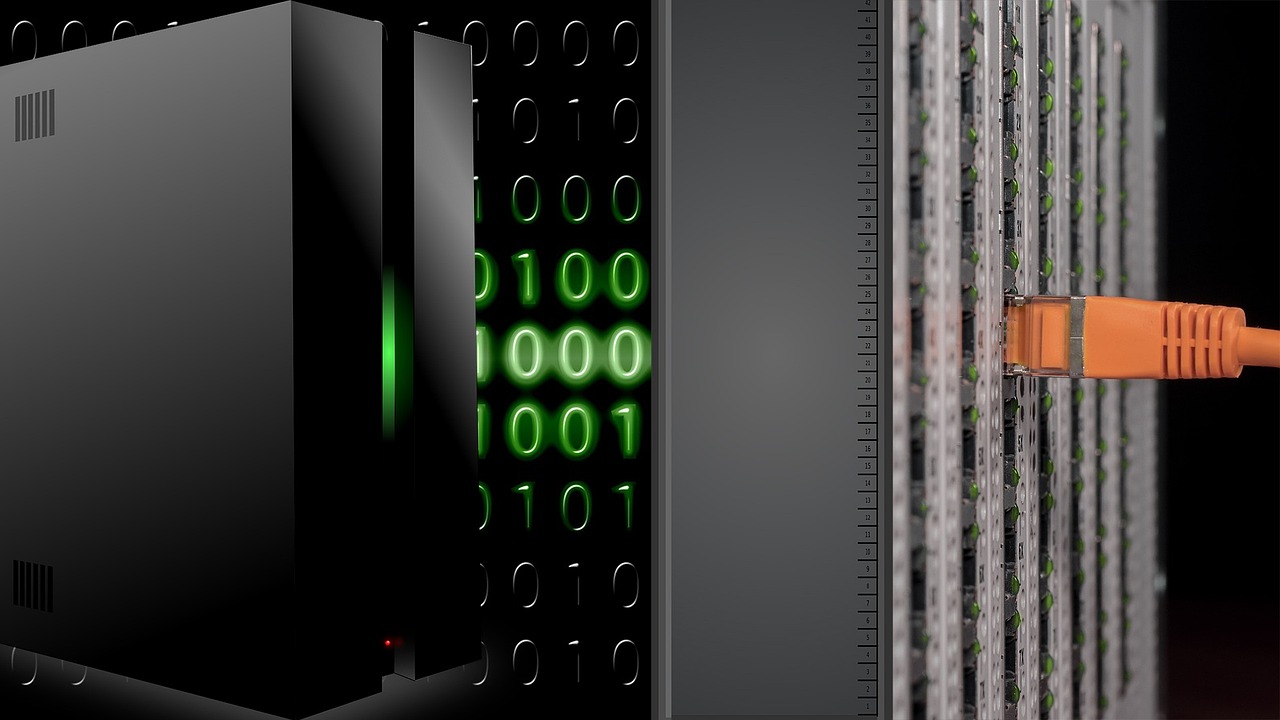
Phishing Attacks
In the realm of digital wallets, one of the most insidious threats that lurk in the shadows is . These malicious attempts aim to deceive users into providing sensitive information, such as passwords and credit card details, often masquerading as legitimate entities. Imagine receiving an email that looks like it’s from your favorite wallet provider, urging you to verify your account due to suspicious activity. It’s alarming, right? Well, that’s the essence of phishing—preying on your trust and urgency.
Phishing attacks can take many forms, including emails, text messages, and even social media messages. Cybercriminals are becoming increasingly sophisticated, using tactics that make their communications appear genuine. For instance, they might employ official logos, familiar language, and even spoof email addresses to create a sense of legitimacy. This is why it's crucial for users to remain vigilant and informed. Here are some common tactics used in phishing attacks:
- Urgency: Messages that create a sense of urgency often lead users to act quickly without thinking.
- Links to Fake Websites: These links may lead to sites that look almost identical to the official wallet site, designed to harvest your credentials.
- Unusual Requests: Legitimate companies typically will not ask for sensitive information via email or text.
Recognizing these tactics is the first step in defending against phishing attacks. Users should always scrutinize any communication that requests personal information, regardless of how official it may seem. If something feels off, it probably is. Additionally, hovering over links to see their true destination can help users avoid falling into these traps.
But what happens if you do fall victim to a phishing attack? It’s essential to act swiftly. First, change your passwords immediately and enable two-factor authentication if you haven’t already. This adds an extra layer of security, making it harder for attackers to access your accounts. Next, report the phishing attempt to your wallet provider and any relevant authorities. By doing so, you not only protect yourself but also help prevent others from becoming victims.
In summary, while phishing attacks pose significant risks to digital wallet users, awareness and education are powerful tools in combating these threats. By understanding how these scams work and recognizing the signs, users can protect their financial information and enjoy the convenience of digital wallets with greater peace of mind.

Identifying Phishing Attempts
Phishing attempts can be as elusive as a shadow in the night, often disguised as legitimate communications that trick users into revealing sensitive information. To protect yourself, it’s essential to be aware of the common signs that indicate a phishing scam. These attempts usually come in the form of emails, messages, or even phone calls that appear to be from reputable sources. But how do you differentiate between genuine communications and those that could lead to financial disaster?
First and foremost, always scrutinize the sender's email address. Phishers often create addresses that look similar to official ones but contain subtle differences. For example, instead of support@bank.com, you might see support@bank-secure.com. This slight variation can be a red flag. Additionally, look out for generic greetings like "Dear Customer" instead of your name. Legitimate companies usually personalize their communications.
Another crucial aspect to consider is the content of the message. Phishing attempts often create a sense of urgency, pressuring you to act quickly. They might say something like, "Your account will be suspended unless you verify your information immediately!" This tactic is designed to cloud your judgment and push you into a hasty decision. Be wary of any message that evokes panic or fear.
Here are some key indicators to help you identify phishing attempts:
- Unusual Requests: If you’re asked to provide sensitive information, such as your password or social security number, it’s likely a scam.
- Spelling and Grammar Errors: Many phishing emails contain awkward phrasing or spelling mistakes. A reputable company typically employs professional communicators.
- Suspicious Links: Hover over any links before clicking. If the URL looks strange or doesn’t match the company’s official website, don’t click!
Recognizing these signs can significantly reduce your risk of falling victim to phishing scams. If you receive a suspicious message, take a moment to breathe and analyze the situation. Don't rush into clicking links or providing information. Instead, consider visiting the official website of the company directly or contacting their customer service for clarification.
In the event that you do encounter a phishing attempt, knowing how to report it is equally important. Reporting scams not only helps protect yourself but also contributes to the safety of the broader community. Many companies have dedicated channels for reporting phishing, so be sure to check their official website for the correct procedure.

Reporting Phishing Scams
When you encounter a phishing scam, it’s crucial to take immediate action. Reporting these scams not only helps protect your own financial information but also safeguards others in the community from falling victim to similar threats. So, how do you go about reporting these fraudulent attempts? First, let’s break down the steps you should take.
Most digital wallet providers have dedicated channels for reporting suspicious activity. Typically, you can find this information on their official website under a section often labeled "Security" or "Help." For instance, if you receive a phishing email that appears to be from your wallet provider, do not click any links or download attachments. Instead, copy the email address and report it directly to the provider. They will often have an email address specifically for reporting phishing attempts, such as phishing@provider.com.
In addition to reporting to your wallet provider, consider notifying your email service provider. This can help them filter out similar messages in the future, reducing the chances of other users being targeted. You can usually report phishing emails by clicking on the "Report Spam" or "Report Phishing" button, which is commonly found in the options menu of your email client.
Furthermore, if you believe that you have been a victim of a phishing scam, it’s wise to inform your bank or financial institution immediately. They can monitor your accounts for any unauthorized transactions and take necessary actions to protect your funds. In some cases, they may even assist you in recovering lost funds if you report the scam promptly.
Lastly, don’t forget to report the scam to your local authorities or a consumer protection agency. This can be particularly important if the scam involves a significant amount of money or personal information. In the United States, for example, you can report such incidents to the Federal Trade Commission (FTC) through their website. The information you provide can help them track down scammers and prevent further incidents.
In summary, reporting phishing scams is a vital step in combating these malicious attacks. By taking action, you not only protect yourself but also contribute to a safer digital environment for everyone. Remember, vigilance is key! Stay informed, and always know where to report if you encounter suspicious activity.
- What should I do if I clicked on a phishing link? If you clicked on a phishing link, immediately change your passwords for any accounts that may be compromised, and consider enabling two-factor authentication.
- How can I tell if an email is a phishing attempt? Look for poor spelling and grammar, generic greetings, and suspicious links or attachments. Always verify the sender's email address.
- Can I recover money lost to a phishing scam? It depends on the situation. Contact your bank or wallet provider as soon as possible; they may be able to assist you in recovering lost funds.
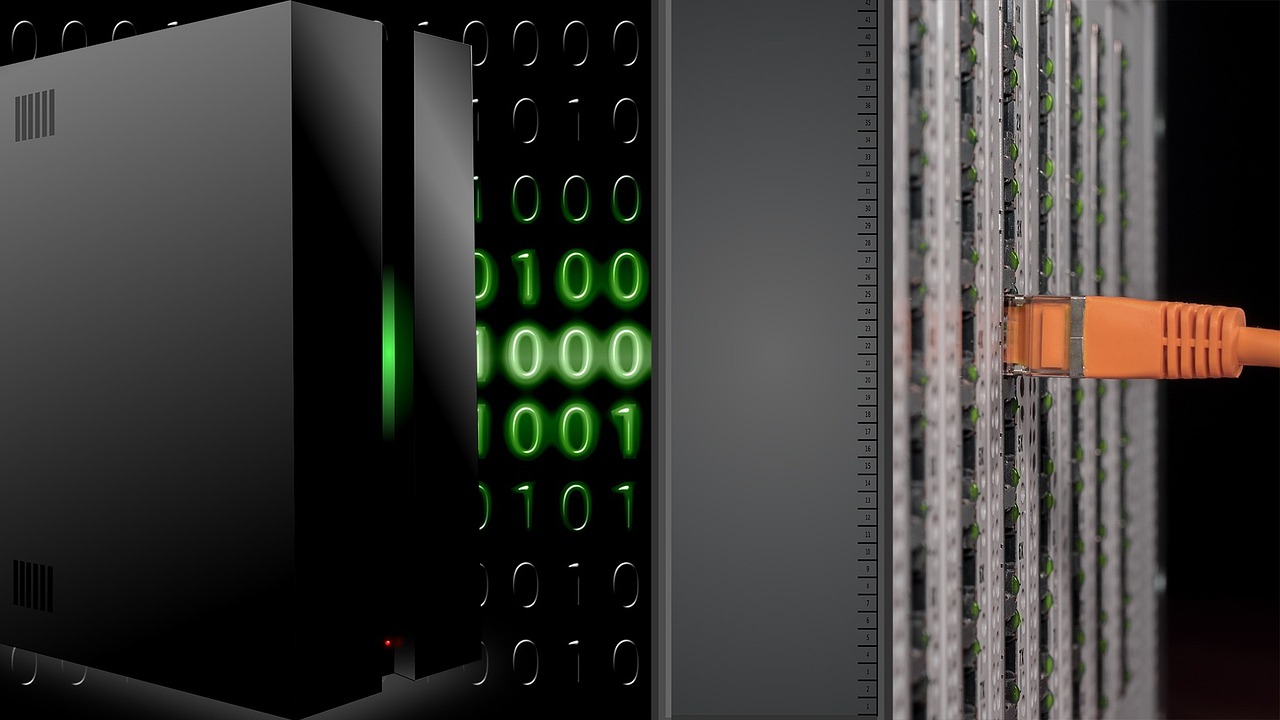
Two-Factor Authentication
In a world where digital transactions are as common as morning coffee, the importance of two-factor authentication (2FA) cannot be overstated. Think of 2FA as a double lock on your front door; it adds an extra layer of security that makes it significantly harder for intruders to gain access. When you use a digital wallet, you’re not just storing money; you’re safeguarding your financial identity. So, how does 2FA work, and why should you embrace it with open arms?
Two-factor authentication requires users to provide two different types of information to verify their identity. Typically, this involves something you know (like a password) and something you have (like a smartphone app that generates a one-time code). This means that even if someone manages to steal your password, they still need that second piece of information to access your wallet. It's like needing both a key and a fingerprint to enter a vault; without both, the vault remains locked tight.
To give you a clearer picture, let’s break down the typical process of two-factor authentication in a digital wallet scenario:
| Step | Action |
|---|---|
| 1 | Log in to your digital wallet using your username and password. |
| 2 | Receive a one-time code via SMS or an authenticator app. |
| 3 | Enter the one-time code to complete the login process. |
As you can see, this process adds a significant layer of security. However, it’s essential to understand that while 2FA greatly reduces the risk of unauthorized access, it’s not foolproof. Cybercriminals are constantly evolving their tactics, and it’s crucial to stay informed about potential vulnerabilities. For instance, some attackers may attempt to intercept your SMS messages to gain access to your codes. This is why using an authenticator app, which generates codes locally on your device, is often recommended over SMS-based 2FA.
In conclusion, implementing two-factor authentication is a simple yet effective way to enhance the security of your digital wallet. By taking this extra precaution, you’re not just protecting your money; you’re also safeguarding your peace of mind. So, why not take the plunge and activate 2FA today? Your wallet will thank you!
- What is two-factor authentication?
Two-factor authentication is a security process that requires two different forms of identification to access an account, enhancing protection against unauthorized access.
- How does 2FA work?
2FA typically involves entering a password followed by a one-time code sent to your phone or generated by an app.
- Is two-factor authentication foolproof?
No, while 2FA significantly increases security, it is not completely foolproof. Staying informed about potential vulnerabilities is essential.
- Should I use SMS or an authenticator app for 2FA?
An authenticator app is generally more secure than SMS, as it generates codes locally on your device and is less susceptible to interception.

Best Practices for Wallet Users
This article explores the critical need for educating users about digital wallets, emphasizing security, usability, and the potential risks associated with their use in today's digital economy.
Digital wallets have become integral to online transactions. This section explains what digital wallets are, how they function, and their significance in modern financial systems.
Despite their convenience, digital wallets come with various security risks. This section highlights common threats and vulnerabilities that users must be aware of to protect their financial information.
Phishing attacks target unsuspecting wallet users, often leading to unauthorized access. This part discusses how these scams work and how users can recognize and avoid them.
Recognizing the signs of phishing attempts is crucial for wallet security. This section outlines key indicators that can help users detect fraudulent communications.
Knowing how to report phishing scams can help protect the wider community. This section provides information on the appropriate channels for reporting such incidents.
Implementing two-factor authentication significantly enhances wallet security. This section explains how this method works and why users should adopt it for their digital wallets.
Educating users on best practices can mitigate risks. To ensure a secure and seamless experience while using digital wallets, there are several essential practices that users should adopt. First and foremost, keeping your wallet software updated is vital. Software updates often include patches for security vulnerabilities that hackers might exploit. By regularly updating your wallet, you ensure that you are utilizing the latest security features available.
Another critical aspect is creating strong, unique passwords. A strong password is your first line of defense against unauthorized access. Aim for a password that is at least 12 characters long and includes a mix of uppercase letters, lowercase letters, numbers, and special characters. Avoid using easily guessable information such as birthdays or common words. Here’s a quick guideline:
- Use at least 12 characters.
- Include a mix of letters, numbers, and symbols.
- Avoid using personal information.
- Consider using a password manager to generate and store complex passwords.
Moreover, it’s essential to be cautious when connecting to public Wi-Fi networks. These networks can be breeding grounds for cybercriminals looking to intercept your data. If you must use public Wi-Fi, consider utilizing a Virtual Private Network (VPN) to encrypt your connection and shield your information from prying eyes.
Finally, always be vigilant about your account activities. Regularly check your transaction history for any unauthorized transactions. If something seems off, report it immediately to your wallet provider. It’s better to be safe than sorry!
Q1: What should I do if I suspect my digital wallet has been compromised?
A1: If you suspect your wallet has been compromised, immediately change your password and enable two-factor authentication if you haven't already. Contact your wallet provider for further assistance and monitor your account for unauthorized transactions.
Q2: How can I recognize a phishing attempt?
A2: Phishing attempts often come in the form of unsolicited emails or messages that request personal information. Look for poor grammar, generic greetings, and suspicious links. Always verify the sender's email address before clicking on any links.
Q3: Is it safe to store all my financial information in a digital wallet?
A3: While digital wallets are generally safe, it’s crucial to follow best practices such as using strong passwords, enabling two-factor authentication, and keeping your software updated to minimize risks.
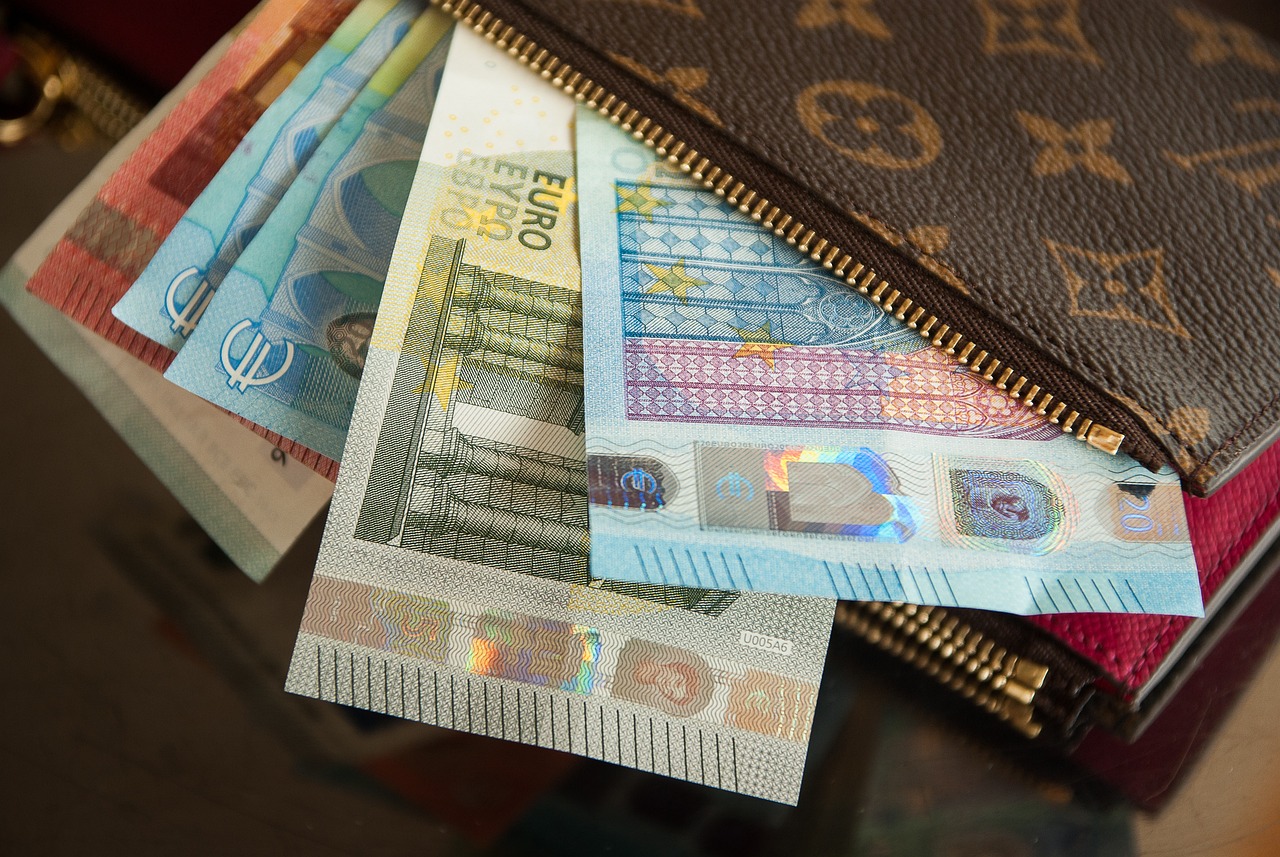
Regular Software Updates
This article explores the critical need for educating users about digital wallets, emphasizing security, usability, and the potential risks associated with their use in today's digital economy.
Digital wallets have become integral to online transactions. This section explains what digital wallets are, how they function, and their significance in modern financial systems.
Despite their convenience, digital wallets come with various security risks. This section highlights common threats and vulnerabilities that users must be aware of to protect their financial information.
Phishing attacks target unsuspecting wallet users, often leading to unauthorized access. This part discusses how these scams work and how users can recognize and avoid them.
Recognizing the signs of phishing attempts is crucial for wallet security. This section outlines key indicators that can help users detect fraudulent communications.
Knowing how to report phishing scams can help protect the wider community. This section provides information on the appropriate channels for reporting such incidents.
Implementing two-factor authentication significantly enhances wallet security. This section explains how this method works and why users should adopt it for their digital wallets.
Educating users on best practices can mitigate risks. This section offers practical tips for maintaining security and ensuring a smooth experience while using digital wallets.
Keeping wallet software up-to-date is vital for security. Just like a shield that protects you from arrows, regular updates serve as your first line of defense against emerging threats. Software developers continuously work to identify vulnerabilities and patch them through updates. When users neglect these updates, they leave their wallets exposed to potential attacks. Think of it as leaving the front door of your house unlocked; it’s an open invitation for intruders.
Moreover, updates often come with new features and enhancements that improve usability. These improvements can make transactions smoother and more efficient, which is a win-win for users. For instance, a recent update might introduce a more intuitive interface or faster transaction processing times. So, not only are you protecting your financial information, but you're also upgrading your overall experience.
To illustrate the importance of regular updates, consider the following table:
| Update Frequency | Potential Risks of Not Updating | Benefits of Regular Updates |
|---|---|---|
| Monthly | Increased vulnerability to attacks | Enhanced security features |
| Quarterly | Exposure to known exploits | Improved user interface |
| Annually | Outdated software performance | Access to new functionalities |
In conclusion, the importance of regular software updates cannot be overstated. They are not just a tedious chore; they are essential for maintaining the security and efficiency of your digital wallet. By staying proactive and updating your software regularly, you are taking significant steps to safeguard your financial assets and enhance your overall experience. So, next time you receive that update notification, don’t hit snooze—embrace it!
- What are digital wallets? Digital wallets are electronic devices or online services that allow individuals to make transactions and store payment information securely.
- Why is security education important for wallet users? Security education helps users recognize potential threats and adopt best practices to protect their financial information.
- How can I identify phishing attempts? Look for suspicious emails, misspelled URLs, and requests for personal information that seem out of the ordinary.
- What is two-factor authentication? It’s an extra layer of security that requires not only a password and username but also something that only the user has on them.
- How often should I update my wallet software? Ideally, you should check for updates monthly to ensure optimal security and functionality.
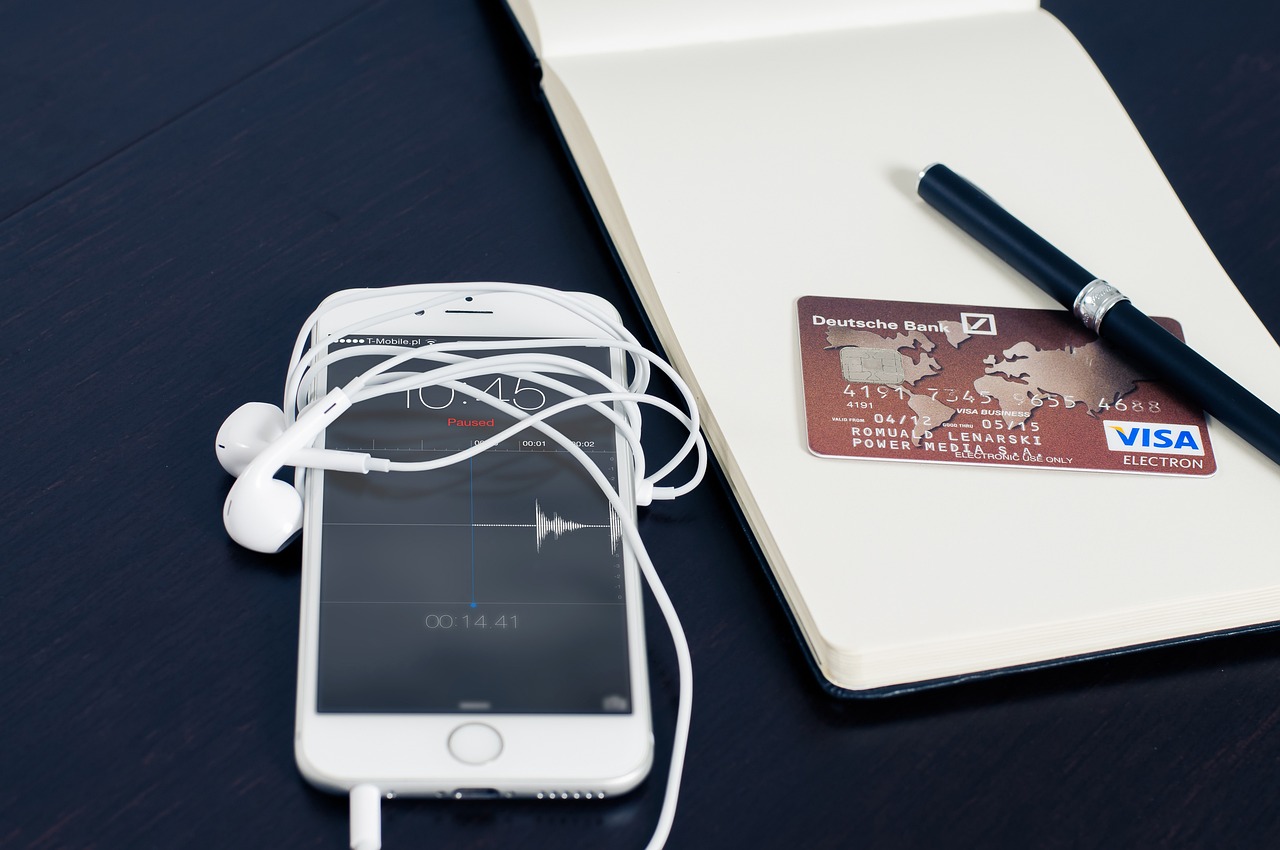
Strong Password Creation
Creating strong, unique passwords is not just a good idea; it's a crucial step in safeguarding your digital wallet and, ultimately, your financial well-being. Think of your password as the key to your digital safe. If that key is weak or easily duplicated, anyone can waltz right in and take what’s yours. So, how can you ensure that your password is as strong as Fort Knox? Let’s dive into some essential strategies.
First and foremost, a strong password should be at least 12-16 characters long. The longer, the better! A longer password exponentially increases the number of potential combinations, making it significantly harder for hackers to crack. But length isn’t everything. You also need to mix it up. Use a combination of uppercase letters, lowercase letters, numbers, and special characters. For example, instead of using a password like "password123," consider something like "P@ssw0rd!2023". This simple change makes a world of difference.
Another vital aspect of strong password creation is avoiding easily guessable information. Your name, birthday, or anything related to your personal life should be off-limits. Imagine someone trying to guess your password based on your social media profiles; it’s like leaving the door to your safe wide open. Instead, consider using a passphrase—a series of random words strung together. For example, "BlueSky!Dance@2023" is much harder to guess and easier to remember.
Additionally, it’s crucial to use unique passwords for each account. If one account gets compromised, you don’t want the hacker to have the keys to all your other accounts as well. A password manager can be a game-changer here. It allows you to generate and store complex passwords without the headache of remembering each one. Just remember to use a strong master password for your password manager!
Lastly, consider enabling two-factor authentication (2FA) wherever possible. This adds an extra layer of security, requiring not just your password but also a second form of verification, such as a text message or an authentication app. It’s like having a second lock on your safe—just in case someone manages to pick the first one.
In summary, creating strong passwords is an essential skill in today’s digital age. By following these guidelines, you'll significantly enhance your wallet's security and protect your financial assets. Remember, your digital safety is in your hands, so take the time to craft those passwords wisely!
- What is a strong password? A strong password is typically at least 12 characters long and includes a mix of uppercase letters, lowercase letters, numbers, and special symbols.
- How often should I change my passwords? It's advisable to change your passwords every 3 to 6 months, or immediately if you suspect any unauthorized access.
- What is two-factor authentication? Two-factor authentication is an additional security step that requires not only your password but also a second form of verification, like a code sent to your phone.
- Can I use the same password for multiple accounts? No, using the same password across multiple accounts increases your vulnerability. If one account is compromised, others can easily be accessed.
Frequently Asked Questions
- What is a digital wallet?
A digital wallet is an electronic application that allows users to store and manage their payment information and passwords for various online services and websites. Think of it as a virtual purse that holds your cards and cash, but in a secure, digital format.
- How do I ensure my digital wallet is secure?
To keep your digital wallet secure, always enable two-factor authentication, use strong and unique passwords, and stay updated with the latest software versions. Just like locking your front door, these steps help keep unwanted intruders out!
- What are common security risks associated with digital wallets?
Some common security risks include phishing attacks, malware, and unauthorized access. It’s essential to be aware of these threats, as they can compromise your financial information if you’re not careful.
- How can I recognize a phishing attempt?
Look out for suspicious emails or messages that ask for personal information, contain typos, or come from unknown senders. If it feels off, trust your gut—it probably is!
- What should I do if I suspect a phishing scam?
If you think you've encountered a phishing scam, do not click any links or provide any information. Report the incident to your wallet provider and the appropriate authorities to help protect others.
- Why is two-factor authentication important?
Two-factor authentication adds an extra layer of security by requiring not just a password but also a second form of verification, like a text message code. It’s like having a bouncer at your club—just checking that you really belong there!
- How often should I update my wallet software?
Regularly updating your wallet software is crucial—ideally, you should do this as soon as updates are available. These updates often include security patches that protect you from the latest threats.
- What are some tips for creating strong passwords?
When creating passwords, aim for a mix of letters, numbers, and symbols. Avoid using easily guessable information like birthdays. Think of it like creating a secret code—make it complex enough that only you can decipher it!


